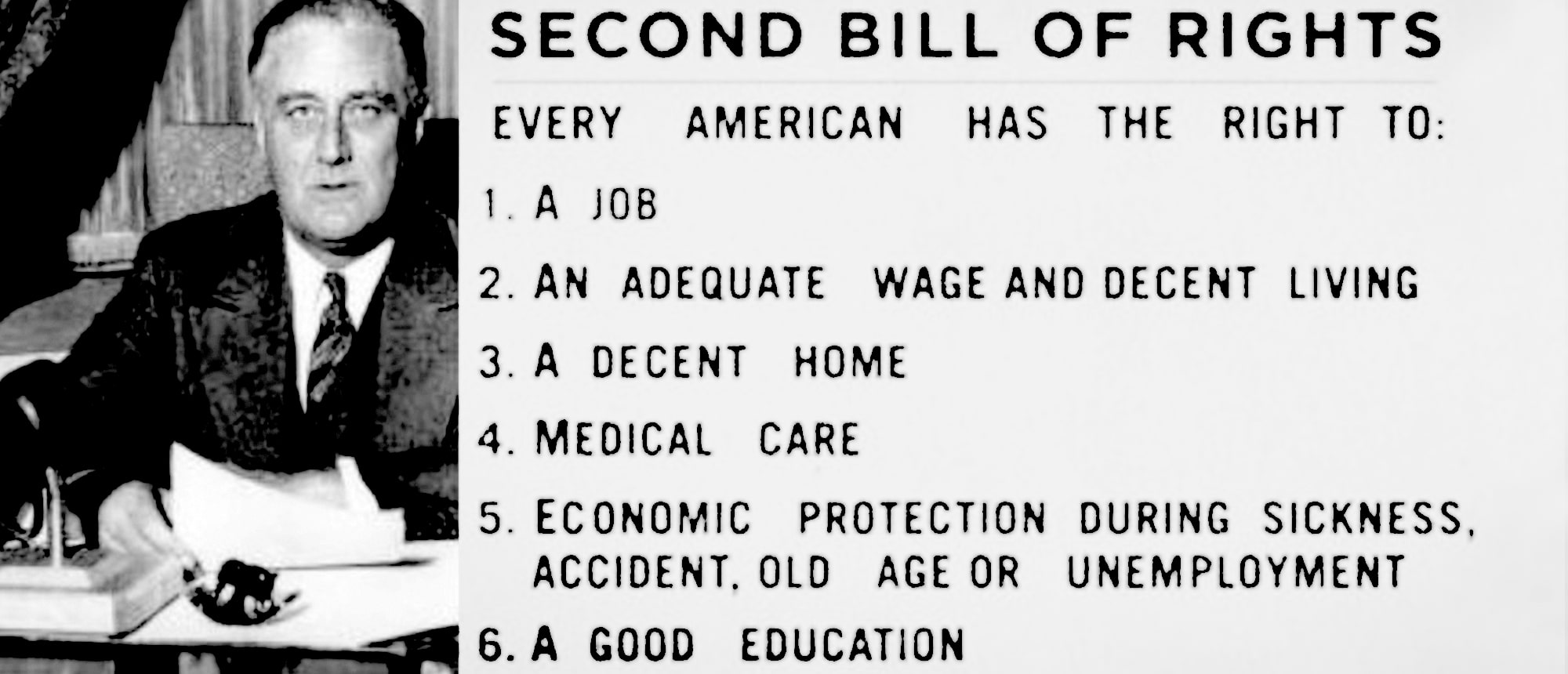(ThyBlackMan.com) When Winston Churchill reflected on the Battle of Britain, he understood the importance individuals. His famous phrase “never was so much owed by so many to so few” captured this perfectly. British pilots who held off the Nazi invasion changed the course of history.
The lesson here is that a tiny group of people can have a massive impact. The modern equivalent of this are the few thousand people living and working in Silicon Valley. While the rest of the world languishes in the 20th century, these pioneers are working tirelessly to push us into the 21st. Only a decade ago, we would have considered reusable rockets, AI and the cloud, science fiction. Now they’re all realities thanks to the efforts of these people.
But perhaps the most important area in which these people work is healthcare technology. Silicon Valley geniuses are looking for new and exciting ways to apply digital technology to healthcare to make it better. So far, very few of their technologies have been implemented across the board. But each has a profound capacity to make the provision of healthcare better than it is today.
Smartphones
Unbelievably, it’s still less than a decade since the first smartphone launched. But in that small window of time, an enormous amount has been achieved. Now around two-thirds of Americans own a smartphone, and the number is rising all the time.
Smartphones are currently being used in some rather ingenious ways by consumers. On both Android and Apple app stores, there are thousands of health-related apps. And millions of consumers use their phones to track their health, minute-by-minute.
stores, there are thousands of health-related apps. And millions of consumers use their phones to track their health, minute-by-minute.
But there has been far slower uptake by the industry itself. Attempts to curate quality apps have largely failed.
There are some apps, like Ginger, that have seen a degree of success. Ginger is an app that helps people with depression track their symptoms. Depressive episodes can be captured and described. And these this information can be passed on to mental health clinicians. The app tracks things like location, social apps, and telephone use. And it then uses this information to give mental health staff a heads-up about a person’s state of mind. They can then make a decision about a patient’s needs.
Researchers are also starting to realize that smartphones are an amazing way for them to collect study data. In the past, if you wanted to run a big study, it was very expensive. You had to interview and track every participant. And you had to hire thousands of staff to ask them questions about their diet and lifestyle. Digital technology eliminates this task. Each user simply uploads their own information, often automatically, via the cloud. Researchers can then start using those data without any of the traditional costs associated with doing so. Right now, the very first smartphone-based studies are beginning. It’s hoped that they will reveal a lot about the origins of different chronic diseases.
Lastly, smartphones are making it much easier for people to enjoy the benefits of Telemedicine. Only a few years ago, people had to log onto their computers if they wanted to use a teleconferencing app. But now telemedicine has gone mobile. Practitioners are using software solutions to connect with patients no matter where they are. And this is improving their quality of life, as well as patients,’ by allowing them to spend more time with their families. You can find more info about Telemedicine here.
At-Home Portable Medical Devices
For some time now Singularity University has been running its so-called X-prizes. These are cash prizes awarded to people who make futuristic technologies a real, living reality. They’re designed as an incentive for companies to innovate and create new and amazing products from which we can all benefit. Singularity University is currently offering $10 million to the first team who create a Star Trek tricorder. A true tricorder is still a little way off. But companies have already developed a whole host of portable devices that patients can use at home.
Perhaps the most exciting of all of these are the ones that provide hospital-level diagnostics at home. We’ve already got portable blood testing kits, x-ray machines, and DNA sequencers. But that’s just the start. AliveCOR has released an ECG scanner that connects directly to your smartphone case. It then communicates with the smartphone, and the output is displayed via an app. Thus, users can quickly and easily see whether there are any problems with their heart rhythm.
There’s also been a boom in at-home smart assistive technology. These technologies are designed to help people continue to go about their lives, even if they’ve got a chronic disease. Perhaps the most famous example to come out of Silicon Valley is Verily’s Parkinson spoon. People with Parkinson’s diseases often suffer from uncontrollable tremors. This means that it is tough for them to eat unassisted. Verily, the medical arm of Google has developed a spoon that reacts to their tremors. It contains a whole bunch of powerful sensors all designed to keep the spoon level, even if the arm is shaking.
But Google engineers didn’t just stop at solving the problem of shaking arms. They also realized that the spoon was a great way to gather information. The spoon is now being tasked with learning how tremors change over time. It’s hoped that by understanding more about the course of the disease, there will be new insights on how to stop it. Other hi-tech medical firms are pursuing similar ideas. For example, pharmaceutical company Propeller Health develops inhalers to assist with breathing. It’s using smart technology on its inhalers to detect what conditions lead to asthma attacks. Their inhalers collect data on location, air quality and frequency of use.
Smart, Implantable Drug Delivery
One of the biggest problems in the medical profession is getting their patients to take the prescribed medications. According to a 2009 paper, only about half of all patients take their medicine as recommended. The rest don’t bother. Thus, any technology that can help make sure that patients take their medications will improve clinic performance.
Now there are a whole raft of new technologies arriving on the market, designed to take the patient element out of drug delivery. Take smart pills for instance. Universities are now looking into ways to build pills that can deliver drug doses from within the human body itself. MIT thinks that it’s got the problem cracked. Its idea is to create an implantable device with a bunch of tiny reservoirs. Each of these reservoirs would contain a small dose of a drug. And they’d all be connected to a central processor that would periodically release doses into the body. The team says that the chip would be capable of releasing doses into the body for up to ten years. It could be used for both chronic diseases and birth control.
Genome Sequencing
One of the problems with medicine today is the fact that everybody gets the same drug. But different drugs react differently in different bodies. And a lot of that is down to the interaction with the underlying genome. At the moment, many people have to put up with drugs that have adverse side effects. But digital technology might be about to change all that.
Right now, doctors don’t know an awful lot about their patient’s genetics. They certainly don’t have access their genetic information itself. But if they did, they could start prescribing more personalized medicine. This, in turn, could reduce side effects and increase the effectiveness of certain drugs for some patients.
That kind of medicine seems like a pipe dream. After all, the human genome was only sequenced back in 2003. But since then, the cost of sequencing has been on an exponential decline. In fact, the falling price of sequencing has outpaced Moore’s law. This means that the cost of sequencing a human genome today is about a million times cheaper than it was a decade ago. Fully-sequenced human genomes are now going for as cheap as $1,000 a pop.
With all these cheap genomes floating around there’s a significant opportunity for research. With millions of genomes, scientists will be able to look for disease patterns. And that means they’ll be able to identify people who are at risk of certain diseases.
Machine Learning
But why leave all the pattern recognition work to the scientists? Today’s machines are arguably even better at finding patterns in the data. Several businesses are looking to use machine learning for diagnostic support. The most famous example is IBM’s Watson. Back in 2011, Watson won beat the TV quiz show Jeopardy world champion using its pattern recognition skills. Now it’s using those same skills to look for patterns in diagnostic data. Testing has shown that doctors are actually better at their diagnosing diseases with the help of Watson. More accurately diagnoses mean better outcomes for patients and better service for clinics. Up until now, there has been some resistance from medics to using Watson in the clinic. But Watson has been marketed as a diagnostic assistant. And it’s unlikely that doctors, with heavy schedules, will refuse the extra help.
Staff Writer; Jim Gray




















Leave a Reply